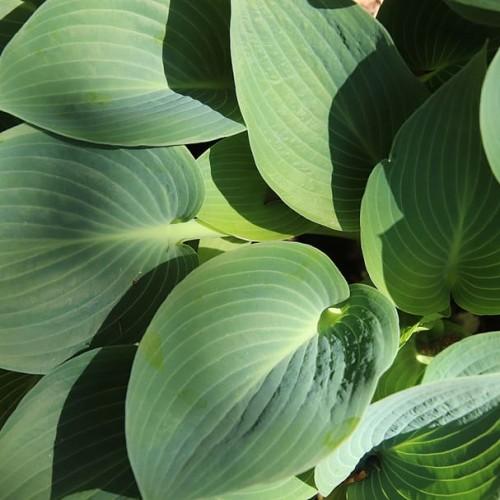
hosta
Hosta 'Pearl Lake'
Cycle:
Herbaceous Perennial
Watering:
Average
Hardiness Zone:
3 - 8
Flowers:
Flowers
Sun:
Part shade,full shade
Leaf:
Yes
Growth Rate:
High
Maintenance:
Low
Care Level:
Medium
watering
Hosta 'Pearl Lake' plants thrive on moisture and need to be watered regularly. The soil should remain evenly moist, but not overly wet or dry. During the spring and summer months when your Hosta plant is actively growing, it should be watered frequently, approximately 1-2 times per week, being sure to not overwater. During the winter months, when growth has slowed significantly or stopped, Hosta 'Pearl Lake' plants should be watered even less, about once every 2 to 3 weeks. As a general rule, it’s important to always check the soil moisture before watering, as overwatering can quickly become a problem, especially during the winter months.
sunlight
Hosta 'Pearl Lake' plants prefer to live in partial to full shade, with no more than 4 hours of direct sunlight per day. If exposed to too much sun, the leaves can become scorched and the plant will languish. Morning sunlight is best for most varieties of hostas, while afternoon sun should be avoided if possible. Plant your hosta in a spot where it will get filtered sunlight for part of the day. In the Southern US, where the climate is much sunnier, hostas may need more shade protection than in Northern locations.
pruning
For Hosta 'Pearl Lake', it is best to prune in early spring. This will help the plant stay healthy and look its best. To prune, remove any dead foliage, then remove any seed pods or flower stems. Once these are removed, cut back the foliage to 1/2 of the overall height. This will allow plenty of sunlight to reach the bottom of the plant and will help encourage new growth. Once the new growth begins to appear, prune back any overly large or out of place leaves. Additionally, prune off any stolons or runners to ensure the plant remains contained and not invasive.
